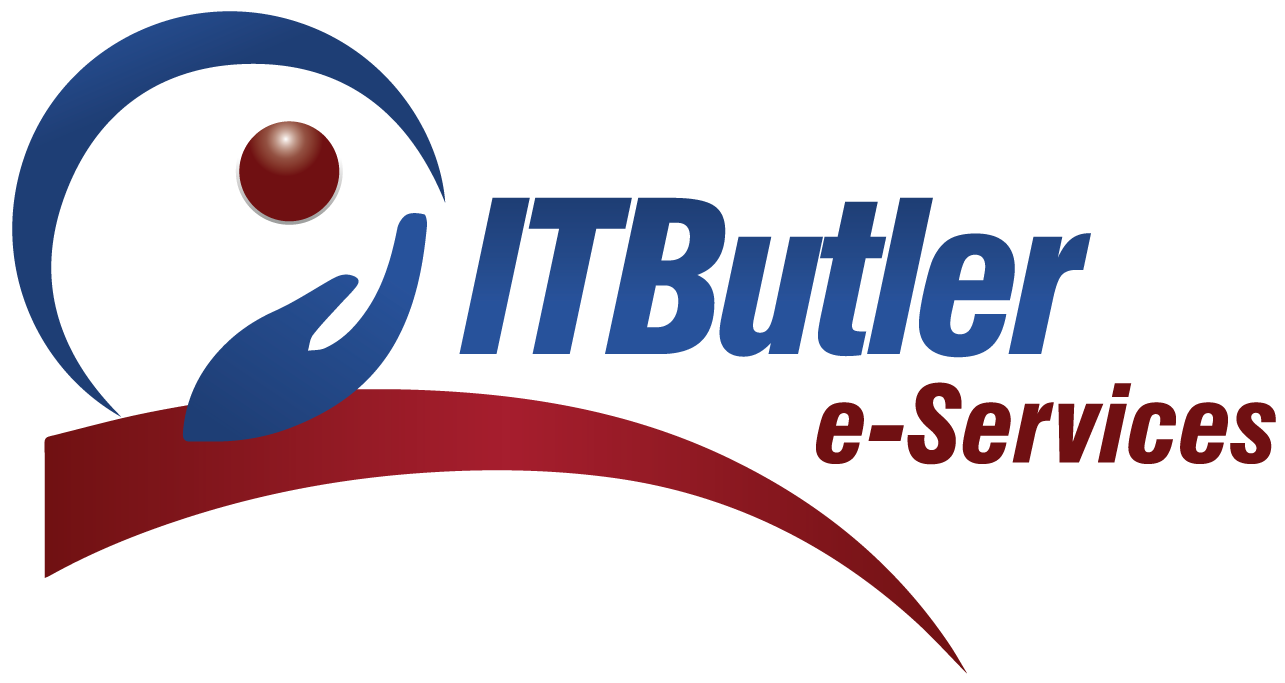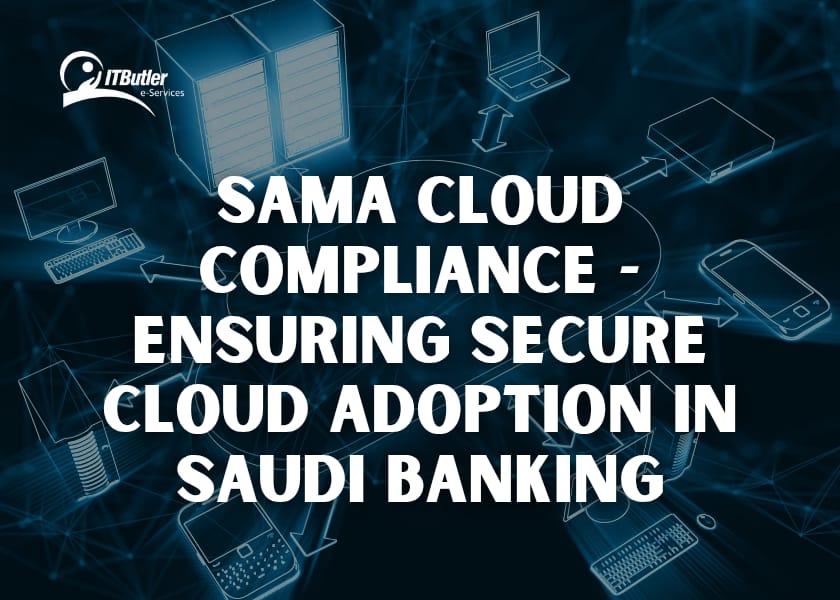Cloud computing is transforming the banking sector worldwide, and Saudi Arabia is no exception. Financial institutions in the Kingdom are rapidly shifting towards cloud-based solutions to enhance efficiency, scalability, and security. However, with these advancements come strict regulations, especially from the Saudi Arabian Monetary Authority (SAMA). How would it be possible for Saudi banks to integrate cloud technology without overstepping regulatory frameworks? This is where SAMA cloud compliance comes in.
It provides a structured framework to ensure that financial institutions adopt cloud solutions securely while protecting customer data. Moreover, it also offers a systematic way of helping the financial institutions leverage the cloud solutions safely. Banks and other financial services dealing with such services have to abide by SAMA regulations on cloud services in a way to avoid security threats. In this blog, the three major areas of the SAMA cloud guidelines will be discussed.
Role of SAMA Cloud Compliance
It is important to note that the government of Saudi Arabia has its central bank known as the Saudi Arabian Monetary Authority (SAMA). They are relevant in the process of supervising the country’s banking system and fostering financial stability.
Today, SAMA compliance for cloud providers is a requirement because of the advances that have been made in the use of cloud computing solutions. Moreover, financial organizations and banks require some standards to adopt cloud service solutions securely.
Why Does SAMA Regulate Cloud Services?
Thus, SAMA has a critical function in cloud computing for the following reasons:
1. Data security: In the case of cloud-based systems, there is a need to protect the financial services from cyber criminals.
2. Data Sovereignty: Therefore, the data generated from customers should be processed and stored in the Kingdom of Saudi Arabia unless exceptional circumstances allow otherwise.
3. Regulatory and Financial Stability: There cannot be the generation of factors that compromise the financial stability when implementing cloud computing.
As a result, SAMA makes sure that cloud adoption will help these objectives of banks.
SAMA’s Cloud Computing Guidelines
However, to manage and meet the SAMA cloud compliance, some rules should be followed:
1. Data Residency and Sovereignty
- It is mandatory to keep the key economic information in the bank to reside in Saudi Arabia.
- SAMA compliance KSA always requires that the cloud service providers must fulfill certain requirements before they provide their services.
- Therefore, it referred to the cross-border transfer that data transfer needs special permission from the SAMA.
2. Third-Party Risk Management
- A financial institution seeking to implement cloud services must first fulfil the SAMA compliant cloud service provider criterion.
- There is a need for the banks to make sure that the cloud provider implements some of the best standards concerning security and has to address the SAMA regulations on cloud services.
3. Security and Monitoring
- Such environments need constant monitoring to detect security threats in the cloud setting.
- So, cloud service providers must provide audit logs and security reports to banks.
- It means that there should be developed protocols to address the possible cyberthreats or data breaches that may occur in the organization.
So the following guidelines would help the case where an institution has the prospect of moving to cloud services.

Cybersecurity & Data Protection
Thus, the paramount factor that would challenge cloud banking is cybersecurity. SAMA compliance needs to be met and should safeguard the financial information.
Key Cybersecurity Requirements for Cloud Computing
Data encryption: These data need to be encrypted, and the data encryption should be at two levels.
Restrictions: Cloud storage should be restricted to certain people, especially the key personnel in the company.
Shifting Innovations: However, due to increasing threat to internet banking, the banks have the responsibility of early threat detection.
SAMA’s Stance on Public vs. Private vs. Hybrid Cloud in Banking
All the cloud models are not completely safe for usage and implementation. SAMA has specific regulations regarding the use of different cloud architectures in the banking sector.
1. Public Cloud
- AWS and Microsoft Azure are common public cloud solutions that can come in handy but cannot accommodate banking data.
- Moreover, SAMA does not recommend participating in customer information using public classes because of the security risk inherent in such services.
2. Private Cloud
- A private cloud provides customers with dedicated resources and all the security measures integrated into the computing infrastructure.
- Further, banks prefer private cloud solutions because they comply with SAMA cloud guidelines better than the other clouds.
3. Hybrid Cloud
- Some of the banks are adopting the so-called hybrid cloud, which is a combination of private cloud, which can provide a high level of security, and the public cloud, which is rather flexible when it comes to scaling.
- Nevertheless, it is also important to pay close attention to compliance demands in connection with hybrid services.
Thus, it is highly essential to precisely decide on the best strategies over clouds for SAMA compliance KSA.
Governance & Risk Management
This should guide cloud compliance as it is a steady process that needs regular review and supervision.
Key Governance Practices for SAMA Cloud Compliance
1. Adopt the SAMA Cloud Compliance: Banks have the responsibility of developing policies concerning SAMA cloud compliance.
2. Continuously monitor the risk: Moreover, evaluate sources of insecurity based on the cloud environment.
3. Conduct periodic third party audits: Use the services of third party auditors to ensure that compliance with SAMA regulations on cloud services.
4. Disaster recovery: Lastly, it is necessary to have proper maps to act in the event of a cyber disaster or system breakdown.
Thus, adopting some sound governance policies is useful to achieve SAMA compliance of cloud providers and, at the same time, minimize the points related to the operation risk.
Conclusion
As Saudi Arabia moves toward a more digital financial era, SAMA cloud compliance will continue to play a crucial role in securing cloud adoption.
While compliance challenges exist, financial institutions that follow SAMA regulations for cloud services will benefit from enhanced security, regulatory approval, and customer trust. Will your bank embrace the cloud while staying fully compliant? The future belongs to those who can innovate while ensuring regulatory security.






